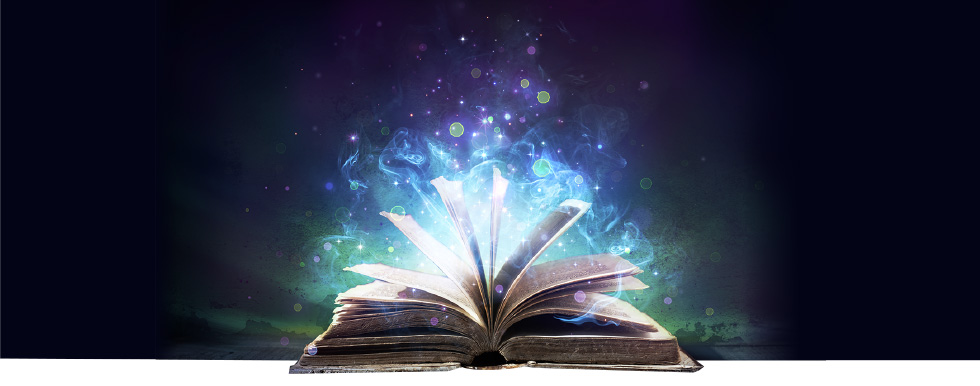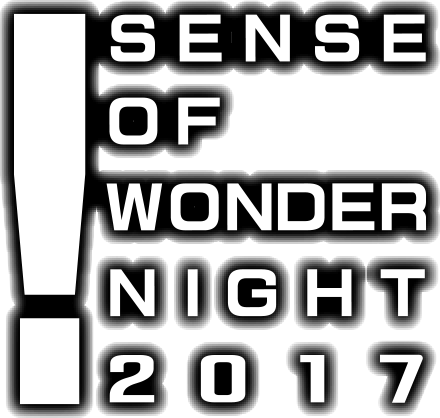
Presentation
Games for Presentation
-
Chambara
team ok
[USA]
What's your background in making games?
We are a team that first met at USC and united to take on the Dare to be Digital game jam at Abertay University in Scotland. Each of us has had prior experience in making games alone or with friends, but Chambara was our first project that involved all of our pooled talents. This was a competitive game jam, the prize of which was the "Ones to Watch" award at the BAFTA Game Awards. So we formed specifically for this competition.
How much time did you spend working on the game?
We've been working on the game for more than two years now. Chambara was initially a summer game jam prototype in 2014. When we won the BAFTA Ones to Watch Award in 2015, we made Chambara a capstone project at USC, which empowered us to expand the scope by opening up the team to the diverse skills of a multitude of new student team members and working with an eight-month development period. But all of this was between class work!
How did you come up with the concept?
As college students, local couch games were important to us, and we wanted to build something we would enjoy playing together. The game's core mechanic of color-based stealth was inspired by an episode of the American animated series Samurai Jack, where the protagonist fights a ninja in an abstract, black-and-white arena. We thought the color blending would make for a fun game mechanic, so we transformed it into 3-D and Chambara was born.
What development tools did you use?
We only had eight weeks to build the initial version of the game, so we used the Unity engine because it allowed us to start iterating immediately and frequently. We playtested constantly, and Unity benefited that workflow. Aside from that, Gallant Games' InControl plugin has been a huge blessing and helped us handle multiple player inputs on different platforms, and we'd happily endorse that tool for other developers working on similar games.
What were the significant changes between the presented games and games you developed before?
Since we were still University students, this was our first time working on a major console release. Even though our game is small, the scale of production was unlike anything we had worked on before. We had also never worked on a game with such strict color limitations! The art style demanded a lot of cleverness, but it is very gratiying to see how much people like it.
What is your goal as a game developer?
We want to unite people through unique and thoughtful games that only we can make. The urge to play is an instinct that transcends the human race and is a fundamental element of what it means to be. We want to provide games that fulfill and enrich this instinct with craftsmanship and awareness.
Please write a message to future SOWN attendees regarding your expectation and feeling about being selected to be a finalist.
It is amazing to see games from across the world and the amazing and talented people who make them. We are honored that the organizers have selected us to represent the United States at this event, and hope that the presentation that we and the other teams give ignites a sense of wonder in you and galvanizes an appreciation for the diversity of work out there. It is going to be a stirring night, and we hope to see you out there!










